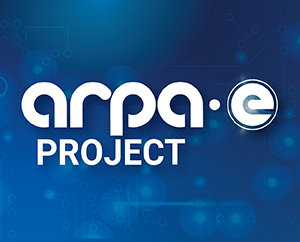High-Power Transistor Switch

Technology Description:
Rensselaer Polytechnic Institute (RPI) is working to develop and demonstrate a new bi-directional transistor switch that would significantly simplify the power conversion process for high-voltage, high-power electronics systems. A transistor switch helps control electricity, converting it from one voltage to another or from an Alternating Current (A/C) to a Direct Current (D/C). High-power systems, including solar and wind plants, usually require multiple switches to convert energy into electricity that can be transmitted through the grid. These multi-level switch configurations are costly and complex, which drives down their overall efficiency and reliability. RPI’s new switch would require fewer components than conventional high-power switches. This simple design would in turn simplify the overall power conversion process and enable renewable energy sources to more easily connect to the grid.
Potential Impact:
If successful, RPI’s new transistor switch could accelerate the development and deployment of modern and advanced grid infrastructures, resulting in increased use of renewable energy sources.
Security:
A more efficient, reliable grid would be more resilient to potential disruptions from failure, natural disasters, or attack.
Environment:
Enabling increased use of renewable energy sources would result in a substantial decrease in carbon dioxide emissions in the U.S.—40% of which are produced by electricity generation.
Economy:
A more efficient grid could help protect U.S. businesses from costly power outages and brownouts that stop automated equipment, bring down factories, and crash computers.
Contact
ARPA-E Program Director:
Dr. Timothy Heidel
Project Contact:
Dr. Tat-Sing Chow
Press and General Inquiries Email:
ARPA-E-Comms@hq.doe.gov
Project Contact Email:
chowt@rpi.edu
Partners
General Electric
Related Projects
Release Date:
03/02/2012
